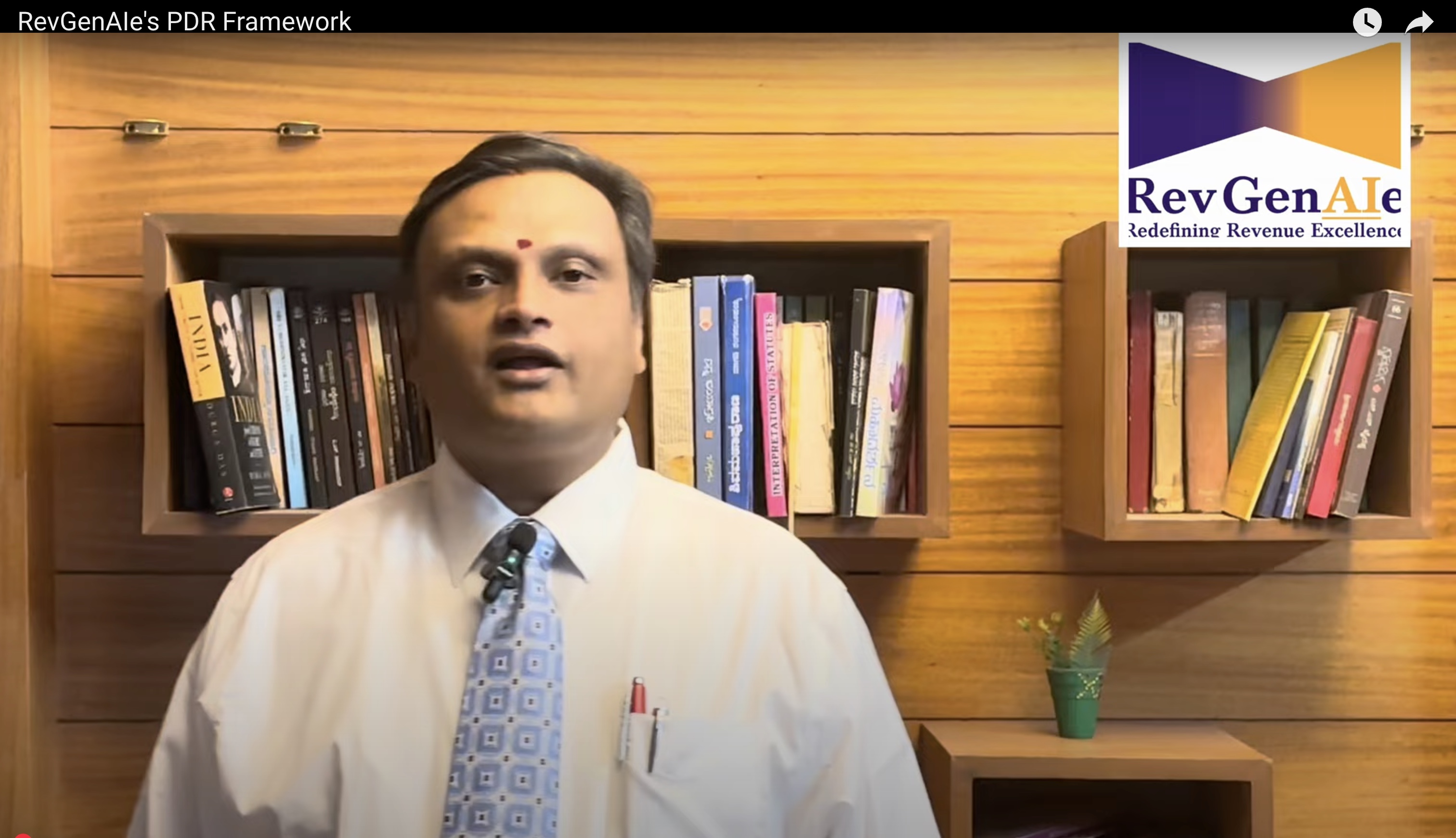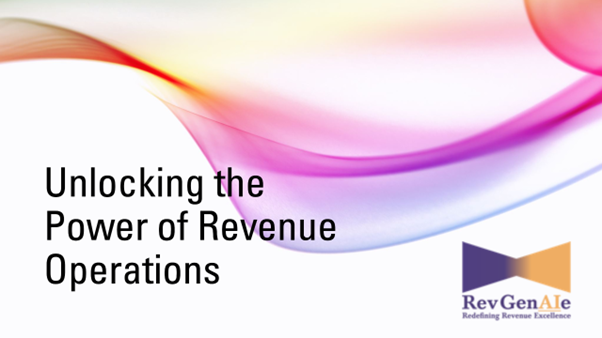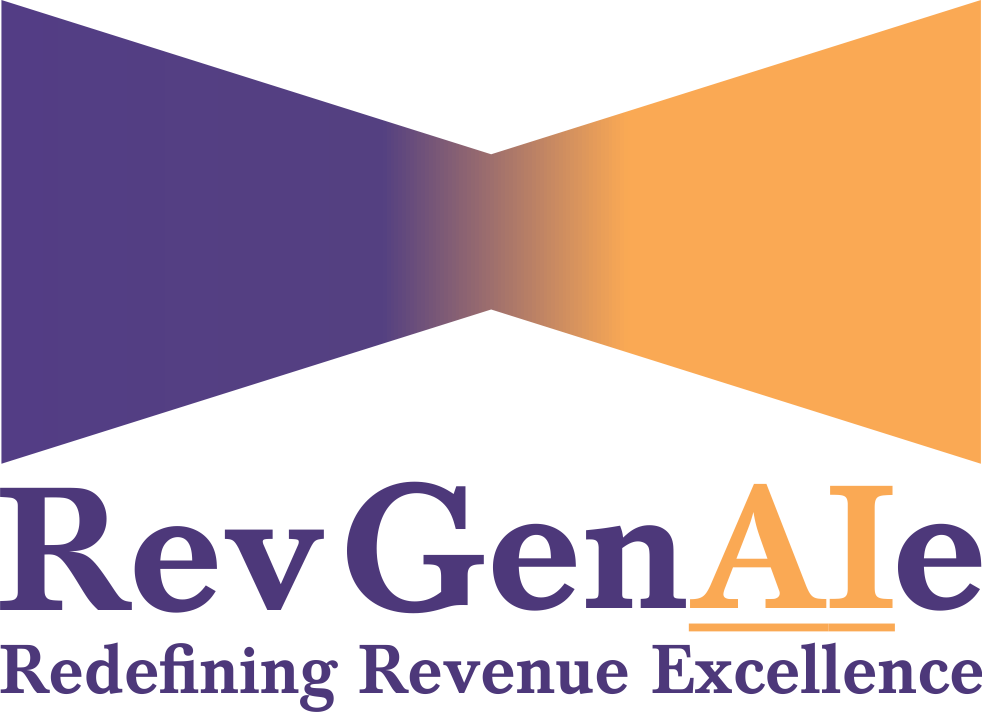
Process-Discipline-Rigour Framework
Process-Discipline-Rigour Framework created by RevGenAIe can be applied across Bow-Tie and through that, complete customer lifecycle management.
Read moreRevGenAIe's Process-Discipline-Rigour (PDR) Framework for Revenue Operations
The remarkable survival of all passengers and crew aboard JAL flight 516, which tragically caught fire upon landing at Haneda Airport on January 1st, 2025, serves as a powerful testament to the effectiveness of robust processes, unwavering discipline, and relentless rigour. This incident, where methodical procedures and the disciplined actions of pilots, crew, and even passengers ensured no lives were lost, offers invaluable lessons that can be directly applied to the complex world of Revenue Operations. Inspired by this extraordinary demonstration of preparedness and execution, we at RevGenAIe have established a powerful framework – "Process - Discipline - Rigour" (PDR) – to elevate the efficiency, predictability, and ultimately, the success of revenue-generating functions within an organization. While we have implemented PDR framework with our clients for Key Account Management, the blog below extrapolates implementing the framework for the entire RevOps Lifecycle.
1. Defining and Refining the Process: The Foundation of Revenue Growth
Just as Japan Airlines has meticulously crafted and continuously refined its safety protocols over decades, a successful Revenue Operations function hinges on well-defined and constantly evolving processes. This first pillar of the PDR framework emphasizes the critical need to map out every stage of the customer journey, from initial lead generation to post-sale customer retention. This involves:
This initial stage of defining and refining processes lays the groundwork for efficiency and predictability in Revenue Operations, directly impacting the ability to consistently grow revenues. Without a solid foundation of well-understood and optimized workflows, even the best sales and marketing efforts can be hampered by operational inefficiencies.
2. Discipline in Following Up: Ensuring Revenue Momentum and Maximization
The JAL 516 evacuation was successful not just because of well-defined procedures, but because of the disciplined execution by the pilots, crew, and even the passengers. Similarly, in Revenue Operations, having well-defined processes is only half the battle. The second pillar, "Discipline," focuses on the consistent and unwavering adherence to these established processes to maximize revenue potential. This involves:
Discipline in following up ensures that the defined processes are not just theoretical frameworks but are consistently applied in day-to-day operations, leading to predictable revenue outcomes and maximizing revenue potential.
3. Rigour and Alacrity: The Engine of Accelerated Revenue Growth
The final pillar, "Rigour and Alacrity," emphasizes the need to execute both process definition and disciplined follow-up with thoroughness, precision, and speed to accelerate revenue growth. This is where the true impact of the PDR framework is realized.
Applying rigour and alacrity to both process definition and disciplined execution transforms Revenue Operations from a reactive function to a proactive and high-performing engine that consistently drives accelerated revenue growth. This relentless pursuit of excellence, mirrored in the JAL crew's unwavering focus on passenger safety, ultimately drives superior results and sustainable growth.
Conclusion: Why the PDR Framework is Essential for Revenue Operations Teams
In today's competitive landscape, Revenue Operations teams are under immense pressure to not only maintain but also significantly grow revenues. The "Process - Discipline - Rigour" (PDR) framework, inspired by the lessons learned from the JAL 516 incident, provides a powerful and practical approach to achieve this. By meticulously defining and continuously refining revenue-generating processes, diligently adhering to these processes with unwavering discipline, and executing all activities with rigour and alacrity, RevOps teams can unlock significant benefits. This framework fosters a culture of accountability, optimizes efficiency, enhances predictability in revenue outcomes, and ultimately accelerates revenue growth. Adopting the PDR framework is not just about improving operational efficiency; it's about building a revenue engine that is resilient, scalable, and consistently delivers exceptional results, ensuring the long-term success and sustainability of the organization. Just as the PDR principles saved lives on JAL 516, they can be the key to unlocking significant revenue growth and achieving business objectives for Revenue Operations teams.

Process-Discipline-Rigour Framework created by RevGenAIe can be applied across Bow-Tie and through that, complete customer lifecycle management.
Read more
B2B SaaS, IT Services, and Life Sciences organizations particularly benefit from RevOps due to their complex sales processes and the need for precise, data-driven strategies.
Read more
Deploying the right sales incentive policy (SIP) and monitoring relevant metrics through Sales Performance Management (SPM) can significantly impact an organization.
Read more
We are a group of accomplished executives with over 75 years of collective experience in managing Sales/Revenue operations, Presales, Solutioning, Sales Enablement, and Finance operations within prominent SaaS products, Life Sciences, and IT services organizations.
26, Navarathan Gardens,
Karnataka, Bengaluru – 560062